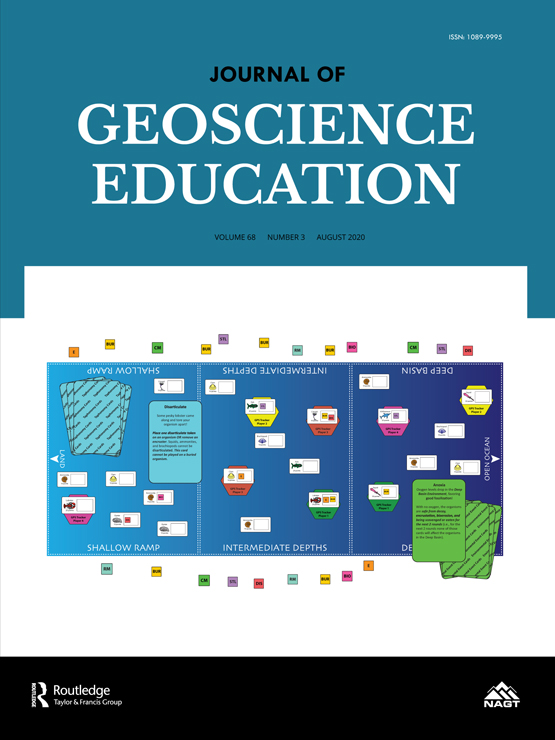tandfonline.com har udgivet en rapport under søgningen “Teacher Education Mathematics”:
Abstract
Abstract
Situated learning experiences such as research apprenticeships can help connect girls to the sciences, ultimately helping to achieve gender equity in the science workforce. The material resources available in research apprenticeships—such as research equipment, field gear, etc.—may be particularly consequential for building identification with science, as they are abundant and frequently hold disciplinary authenticity. However, most sociocultural studies of research apprenticeships have focused on cognitive-ideational or social aspects rather than on the material aspects of the learning setting. This paper investigates the association between different types of science-related material resources in the context of a geoscience and biology-focused research apprenticeship program for girls. The study employed a qualitative approach, drawing on theoretical constructs of communities of practice, identity resources, and identity work to inform program design and analysis. Our findings highlight specific ways that instruments, specialized clothing, specimens, artifacts, and physical settings of science intersect with science-related affect, science learning, and a sense of “feeling like a scientist.” The results imply that practitioners both in and out of the classroom should privilege agentic use of tools when working with all learners, but especially girls. Further, the types of material resources selected in learning settings are critically important, as different types of material resources afford different types of identity work. In particular, using materials that hold disciplinary authenticity, when coupled with learning about how scientists use those same instruments, helps girls “feel like scientists,” an important part of becoming a science apprentice.
